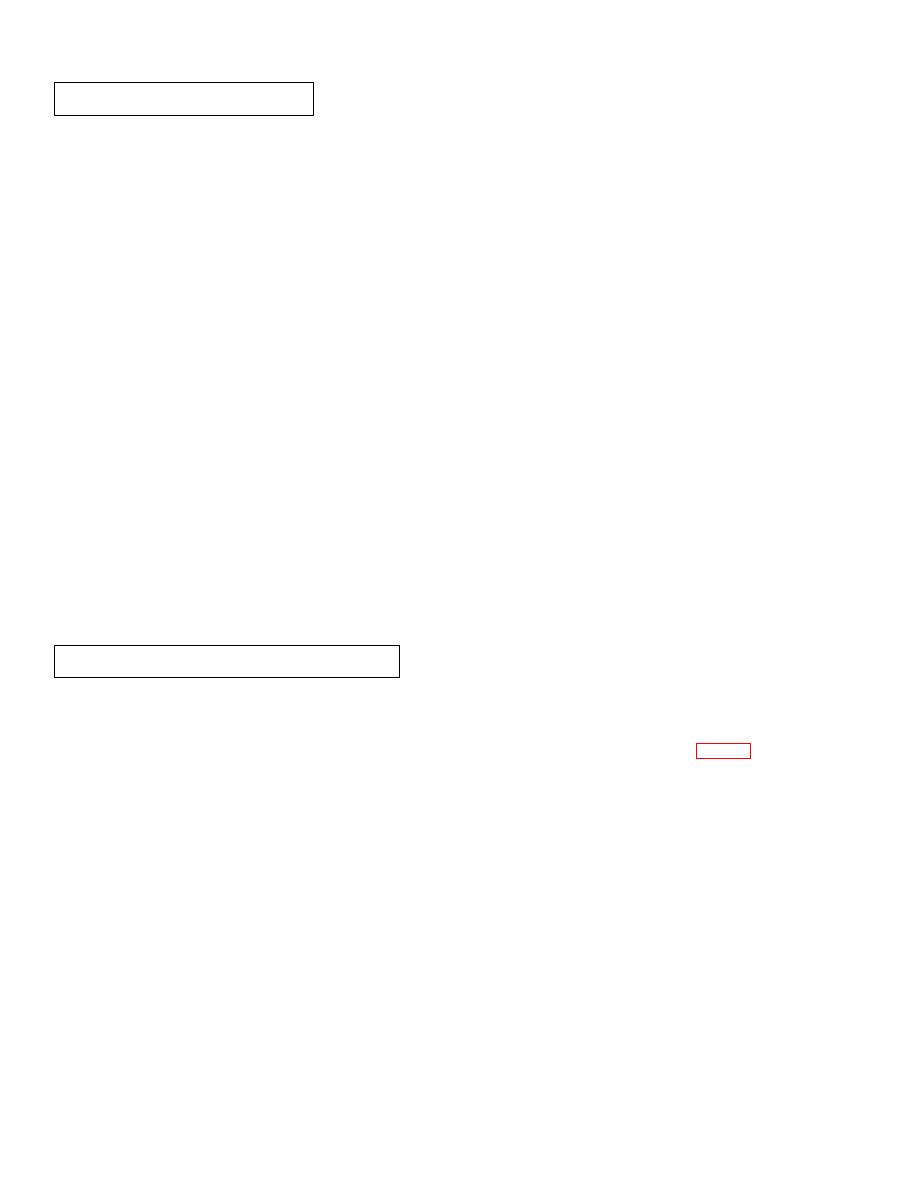
TM 11-7025-210-10
1-13.
EQUIPMENT DATA
Weight and Dimensions:
Weight (approximate)
135 lb
(61.2 kg)
Height (without paper rack)
36.16 in.
(91.8 cm
(with paper rack)
37.80 in.
(96.0 cm
(with top open)
48.39 in.
(122.9 cm)
Width
26.14 in.
(66.4 cm)
Depth (without paper rack)
21.54 in.
54.7 cm
(with paper rack)
29.32 in.
(74.2 cm
(with optional paper shelf)
35.47 in.
(90.1 cm
(with optional paper shelf
37.97 in.
(96.4 cm)
at maximum extension)
Operating Environment:
Temperature 32OF to 1100F (OOC to 43.5oC)
Relative Humidity 10% to 95% (noncondensing)
Altitude 0 to 12, 000 feet (3, 660 m)
Power Requirements:
Voltage 117 V ac to 120 V ac
Frequency 60 Hz
Paper Requirements:
Type Pin-Feed (Fan-Fold)
Width 3.0 in. to
14.875 in. (7.6 cm to 37.8 cm)
Weight 1 part
15 lb (6.8 kg) paper
2, 3, 4 part
13.5 lb (6.1 kg) paper,
8 lb (3.6 kg) carbon
5, 6 part
12 lb (5.4 kg) paper,
8 lb (3.6 kg) carbon
Thickness (maximum) 0.025 in. (0.64 mm)
Section III. TECHNICAL PRINCIPLES OF OPERATION
1-14.
FUNCTIONAL DESCRIPTION
Before the line printer can print, it needs a data source from which it receives data for printing. The off-line data source is
the self-test circuit inside the printer. The on-line data source is a computer.
The printer sends a Ready From Printer (RFP) signal to the data source that it is ready to print (fig. 1-4). The data source
begins sending character line sets. The printer stores one line set at a time in its memory. At the same time, it sends a
Full Count (FCNT) signal to the data source that its line set is complete. It then prints the line. Immediately, it sends an
RFP signal to the data source, and starts the cycle over again. This continues until the printer receives no new data. It
then generates a Print Complete (PC) signal and stops printing.
1-7

